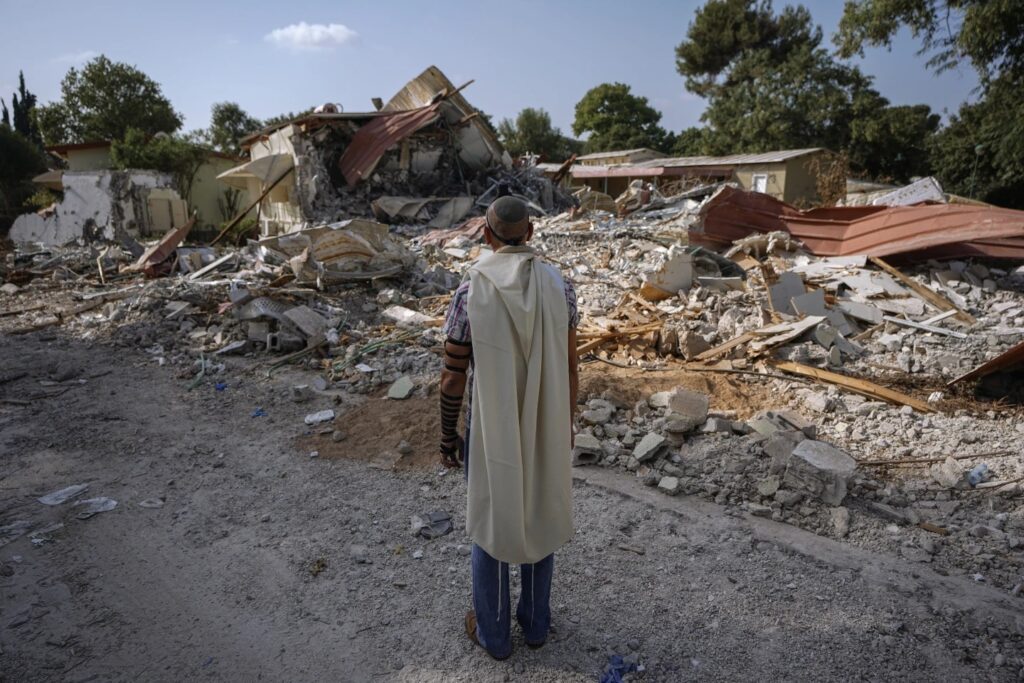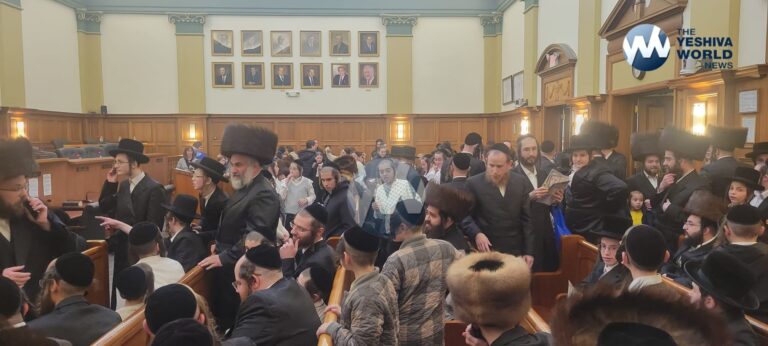Hamas-led armed groups committed numerous war crimes during the Oct. 7 attack on southern Israel that precipitated the ongoing war in the Gaza Strip, according to a global human rights group report released Wednesday.
Human Rights Watch said the acts of the Palestinian fighters, who killed around 1,200 people and kidnapped more than 250 during the attack, met the international legal definition for crimes against humanity and war crimes.
The group’s report found that five different Palestinian armed groups, led by Hamas’ Qassam Brigades, engaged in war crimes and violated international law by killing, torturing, taking hostages, looting and committing crimes involving gender-based violence. The New York-based rights group said its researchers were unable to independently verify claims of gender-based assault on women but that they relied on a separate report by a special U.N. envoy who found “reasonable grounds” to believe Hamas fighters committed sexual violence during the attack.
The 230-page HRW report focuses only on the Oct. 7 attacks and does not examine the actions taken by Hamas or Israel during the subsequent war in Gaza.
The terrorists committed a crime against humanity because they launched a “widespread attack directed against a civilian population,” said Belkis Wille, an associate director at HRW who arrived in Israel days after Oct. 7 and spent a month researching the attack with local staff. The researchers examined Palestinian attacks on 26 civilian sites in southern Israel, including kibbutzim, cities, two music festivals and a beach party, and they spoke with nearly 100 survivors, and 50 experts and first responders.
“The killing of civilians and taking of hostages were all central aims of the planned attack, and not actions that occurred as an afterthought or as a plan gone awry, or as isolated acts, for example, perpetrated by unaffiliated Palestinians from Gaza,” Wille said.
After reviewing hundreds of photos and videos, the researchers determined that the majority of the Palestinians who took part in the attack were affiliated with armed groups and were not random civilians who took advantage of the open fence.
“That was a claim that was made very early on, it was made by Hamas in order to distance its own fighters from the abuses, and it was made by Israel to justify attacks on civilians in Gaza,” she said.
HRW observed footage of fighters, including those in civilian clothes with no military insignias, communicating with walkie-talkies and taking orders from commanders, leading them to conclude that the fighters who carried out the worst abuses, especially in the early hours of the attack, belonged to armed factions.
In a nine-page response to the HRW report, Hamas said the Qassam Brigades planned and led the Oct. 7 attack, not the Hamas political movement, and that fighters were instructed not to target civilians. HRW said they found the Hamas response “false” and that “the intentional killing and hostage-taking of civilians was planned and highly coordinated.”
The organization called on Hamas to immediately release the approximately 120 hostages and bodies of hostages still being held in Gaza, and for all sides to adhere to international law and agree to a cease-fire as soon as possible.
Human Rights Watch has a strained relationship with Israel, which it has accused of violating international law in multiple cases. In April, an HRW investigation found that an Israeli strike in October in central Gaza that killed 106 Palestinians constituted a war crime because there was no apparent military target. Israel says it tries to avoid harming civilians and blames the deaths on Hamas because the militants operate in dense, residential areas. The group also accused Israel of violating international law by striking residential buildings in Lebanon with white phosphorus, a chemical munition. The Israeli military said it upholds international law regarding munitions and that it used white phosphorus as a smokescreen, not to target civilians.
(AP)











